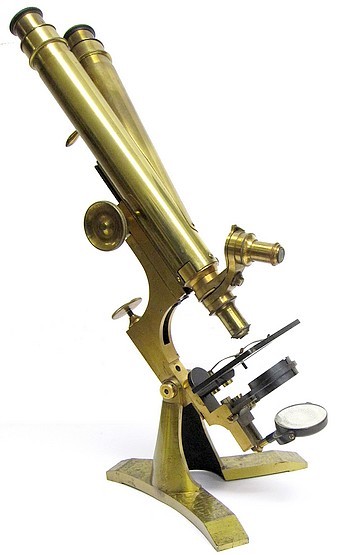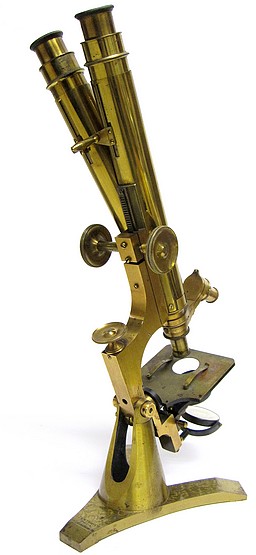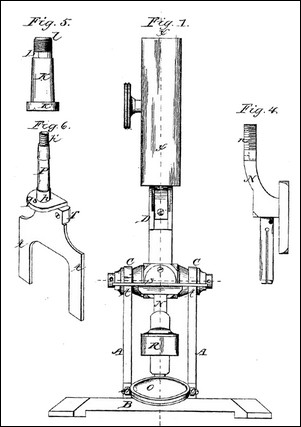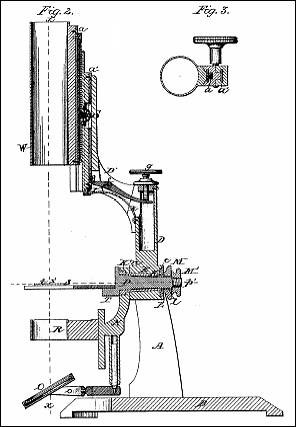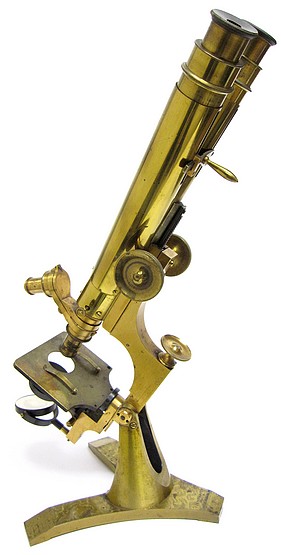
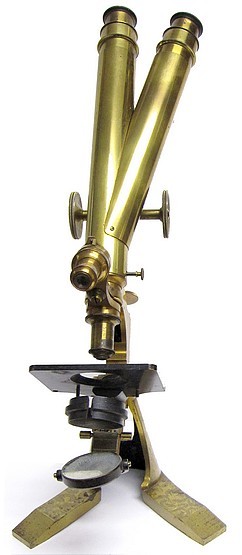
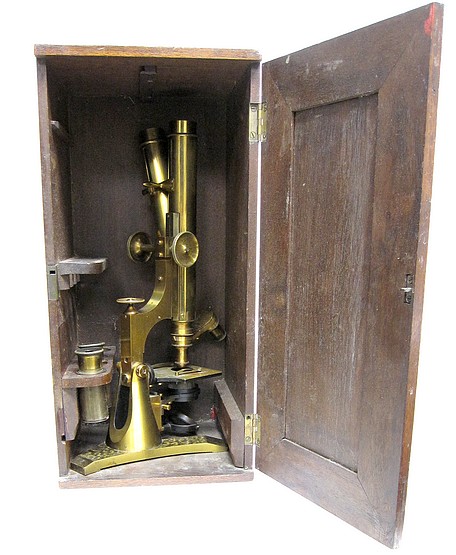
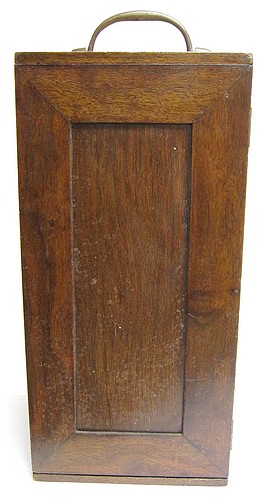
The American Histological Stand was produced either as a monocular or, less commonly, as a Wenham binocular as is the case with this example. Later, this model was renamed the American Columbian Stand. A monocular version of that microscope is also represented in this collection.
The following was taken from The Microscope in Botany by J. W. Behrens, 1885.
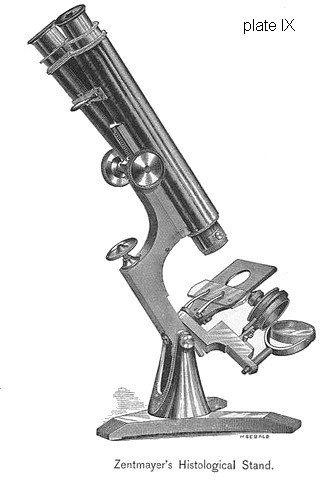
The Histological Stand.
This stand, made by Mr. Zentmayer, and represented, with the addition of the Wenham Binocular arrangement, Fig. 16, in Plate IX, is of the same size as his Student Stand, most of the castings being identical, but is a far more efficient instrument. This superiority is due mainly to the possession of a substage, a horizontal ring or short tube, designed to support the diaphragm or other apparatus that may be required between the stage and the mirror. This substage is carefully centered around the axis of illumination between the mirror, in whatever position it may be placed, and the object on the stage; and it has a smoothly sliding vertical movement by which it may be readily located at any point of that axis. This stand is made with a glass sliding stage, or with a round rotating stage, if desired. In the monocular form, the cost may be reduced by substituting for the rack and pinion coarse adjustment a sliding tube like that in Plate III. It is most commonly made monocular, as in Plate III, but it can be made binocular as figured, at an extra cost; as can also the Acme No. 3, and the Biological and Universal. It is one of the earliest instruments to which were applied several of the expedients just now termed the modern improvements of the microscope; and it presents, in combination with them, the low square stage, and the small body, of the continental style.
The Aug. 15, 1876 patent describes the fine adustment mechanism and a novel swinging substage which allows extreme oblique illumination including above stage illumination.
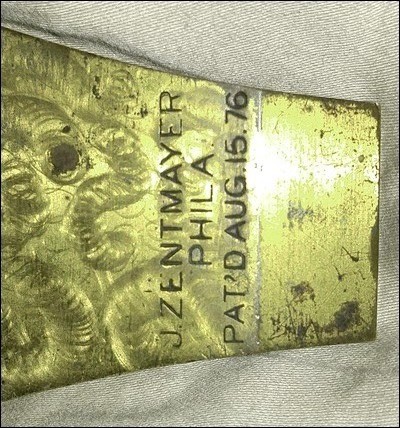
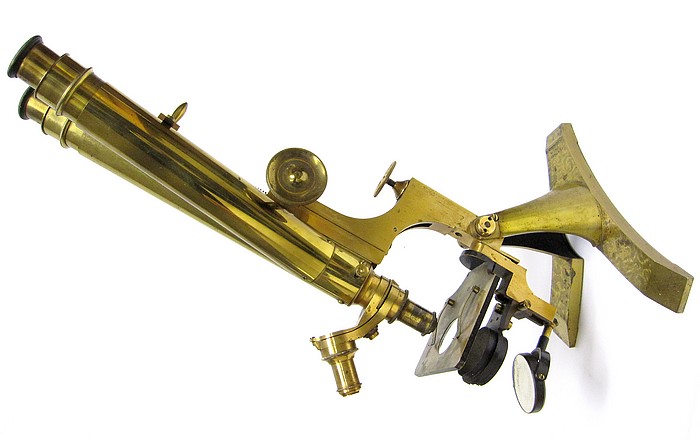
An 1882 advertisement for Zentmayer microscopes:
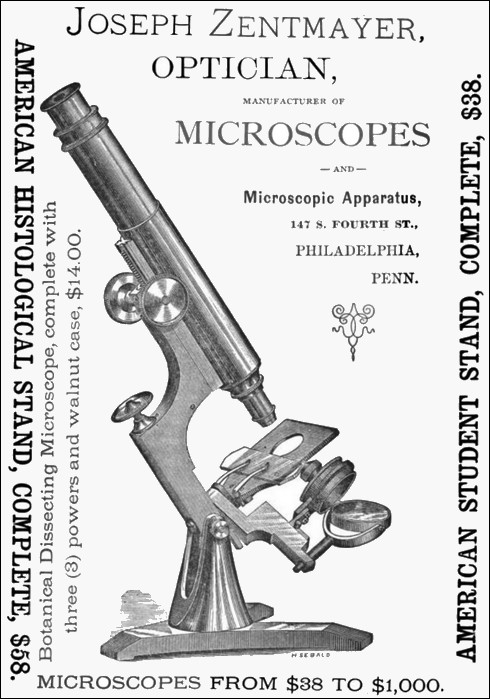
Biographical Sketch of Joseph Zentmayer
